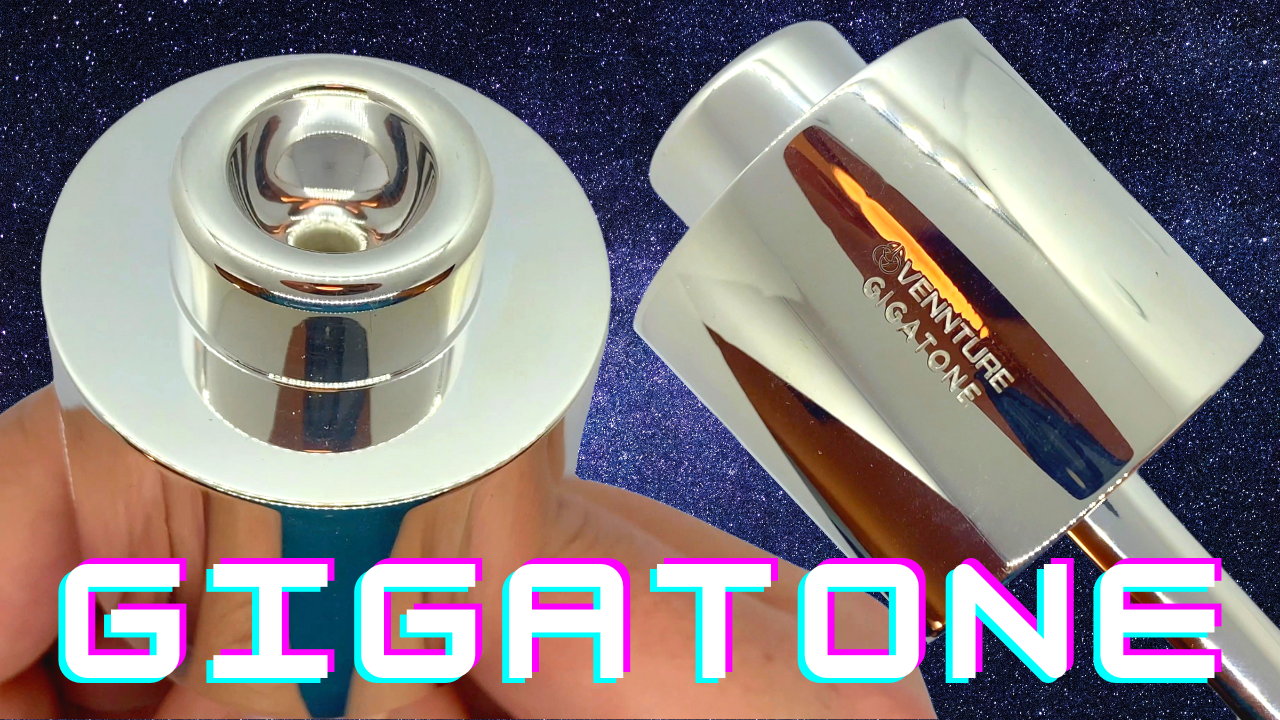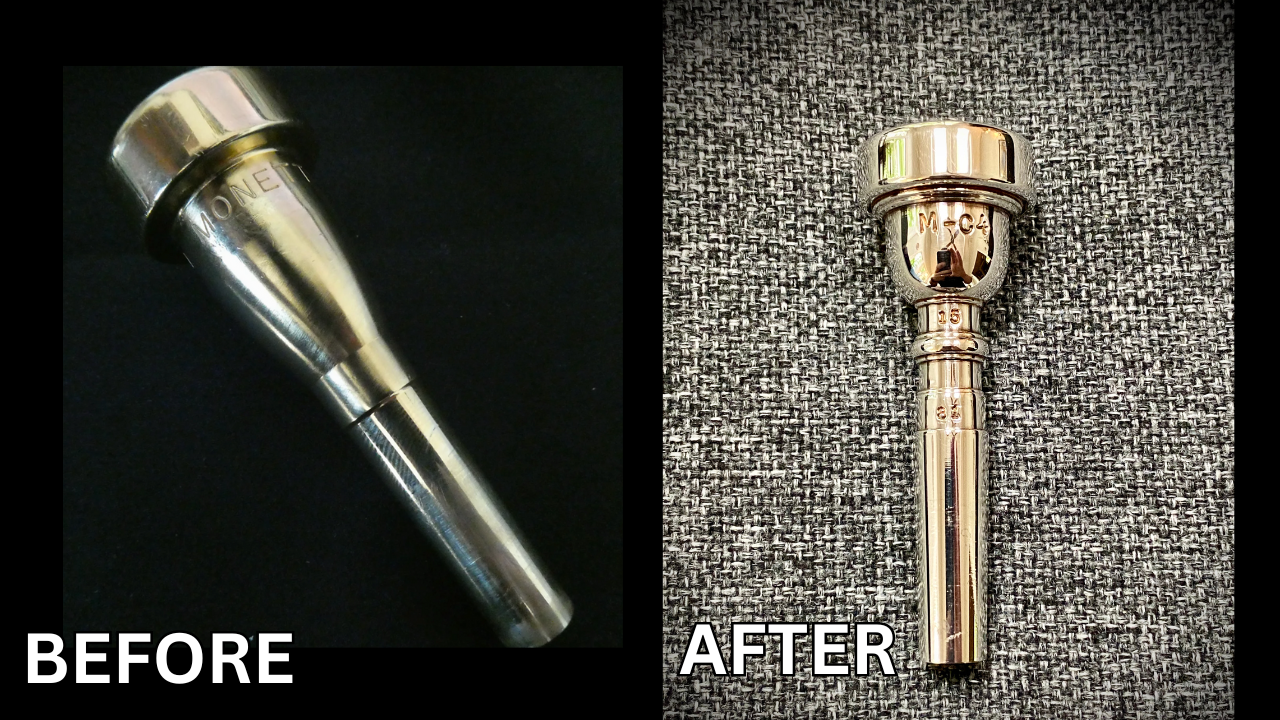
Ever wondered why different brands of mouthpiece look different on the outside? That outside shape and weight is called the mouthpiece blank, and it has a number of surprising effects on how a mouthpiece plays!
Key Effects of Mouthpiece Weight
Here’s a table for quick reference about these playing characteristics. These, of course, are subjective and based on my own experimentation. If you’d like to listen for yourself and hear some playing examples, check out my YouTube video on Mouthpiece Blank and Weight or my Gigatone video, where Vennture Mouthpieces and I teamed up to make possibly one of the heaviest trumpet mouthpieces in the world.
I have found that using a mouthpiece with the same or similar blank to your section mates allows for a similar level of feedback between players. This makes it easier to hear differences in timbre, pitch, and volume among your section. Statistically, it is most likely that other players will be playing a Bach blank (or a mouthpiece of similar weight) so I have grown to prefer mouthpieces in this blank for my job in the orchestra.
Blank Modification Projects
-

Gigatone
This was my most recent and most extreme experiment with mouthpiece blank done in partnership with Vennture Mouthpieces. I did not make this mouthpiece to actually play in the orchestra, but rather to test what would happen if I played my standard mouthpiece with a massive amount of weight added to the blank (it is 8.6x heavier than my Bach blank mouthpiece, weighing in at 1.77 pounds).
To hear what it sounds like, check out my YouTube video: Gigatone
-

Curry 3TF to Bach Blank
These are fabulous mouthpieces with a very deep flugel-like cup, which are not only useful if you forgot your flugelhorn at home, but are especially handy if you need to play something much softer and less brilliant than your equipment normally would allow you to do comfortably. I’ve carried one around with me ever since my ASU days (at the insistence of David Hickman) and it has been crucial for use on the job but also for various orchestral audition excerpts (think, 2nd trumpet part to Beethoven Violin Concerto or the opening to Schumann 2).
-

Yamaha 17B4
The idea behind doing this, even though I don’t play a 17B4 normally, was to demonstrate the effects of removing mouthpiece weight with two otherwise identical mouthpieces. I didn’t reduce this to a Bach blank (since it began in a Bach mouthpiece blank) but rather this sort of silly looking futuristic one that removed a really considerable amount of material.
-

B&S 7E
This was my piccolo mouthpiece at the time, and I wanted to have the second one altered to resemble the ultra-light Schilke Z series mouthpieces, which have a “skeletonized” look to them.
-

Monette Prana
It had always been a weird goal of mine to spec one of these mouthpieces and create a truly “disguised” Monette mouthpiece, in a Bach blank, and see if it would teach me why these mouthpieces have the unique blank design that they do.
-

Stork Vacchiano
Standard Stork blanks are different enough from Bach blanks that they cannot by lathed down to resemble a Bach, but I still wanted to try a Bach blank Stork due to my insatiable curiosity. A friend found a custom one in an appropriate size on ebay that was in a custom super heavy weight, a perfect candidate for reduction to a Bach blank (or almost). We discovered when attempting to do this that it would end up only being approximate due to the shorter rim height, and the width of the mouthpiece was narrower just below the rim compared to a Bach meaning the outside blank shape would be a little funky but I think it looks very cool!


